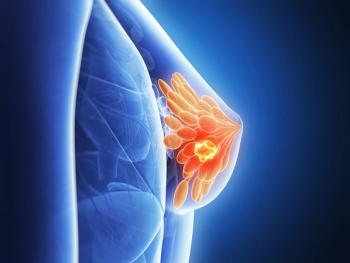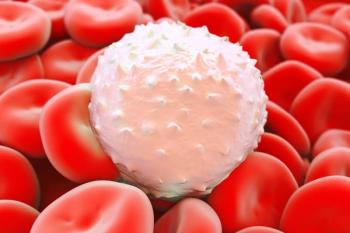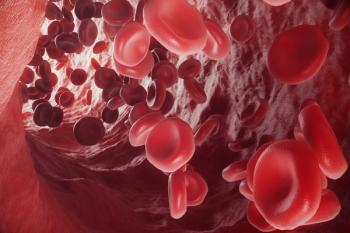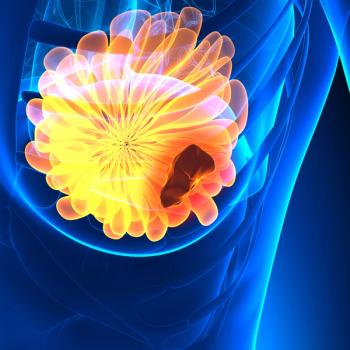
Oncology NEWS International
- Oncology NEWS International Vol 5 No 10
- Volume 5
- Issue 10
Withdrawal Syndrome After Stopping Opioids Is Not Evidence of Drug Dependence, WHO Committee Says
VANCOUVER, BC-Drug dependence is not physical dependence alone, nor is it the same as drug tolerance. "Drug dependence is primarily psychological dependence, or compulsive use of drugs for their mood-altering effects and continued use despite harm," David E. Joranson, MSSW, said at the WHO workshop on cancer pain.
VANCOUVER, BC-Drug dependence is not physical dependence alone,nor is it the same as drug tolerance. "Drug dependence isprimarily psychological dependence, or compulsive use of drugsfor their mood-altering effects and continued use despite harm,"David E. Joranson, MSSW, said at the WHO workshop on cancer pain.
The WHO Expert Committee on Drug Dependence recently clarifiedthat a cancer patient who has been receiving opioids for painand who stops the drug would go through a withdrawal syndromeas evidence of physical dependence, but that individual is notconsidered to be drug dependent.
"Physical dependence by itself is no longer sufficient todefine drug dependence or addiction," Mr. Joranson said."It is important for us to teach this and to clear up themythology about the relationship between opioid analgesia andaddiction."
Articles in this issue
about 26 years ago
Anesthetic Interventions Rise When Anesthesiologists Join the Pain Teamabout 26 years ago
Worldwide UN Survey Shows Many Impediments to Morphine Availabilityabout 26 years ago
Case-Based Pain Curriculum Used in Canadian Schoolsabout 26 years ago
Pain Descriptions May Predict Presence of Neuropathic Painabout 26 years ago
Neurotoxicity Related to High-Dose Opioid Therapy Can Be ManagedNewsletter
Stay up to date on recent advances in the multidisciplinary approach to cancer.

















































































